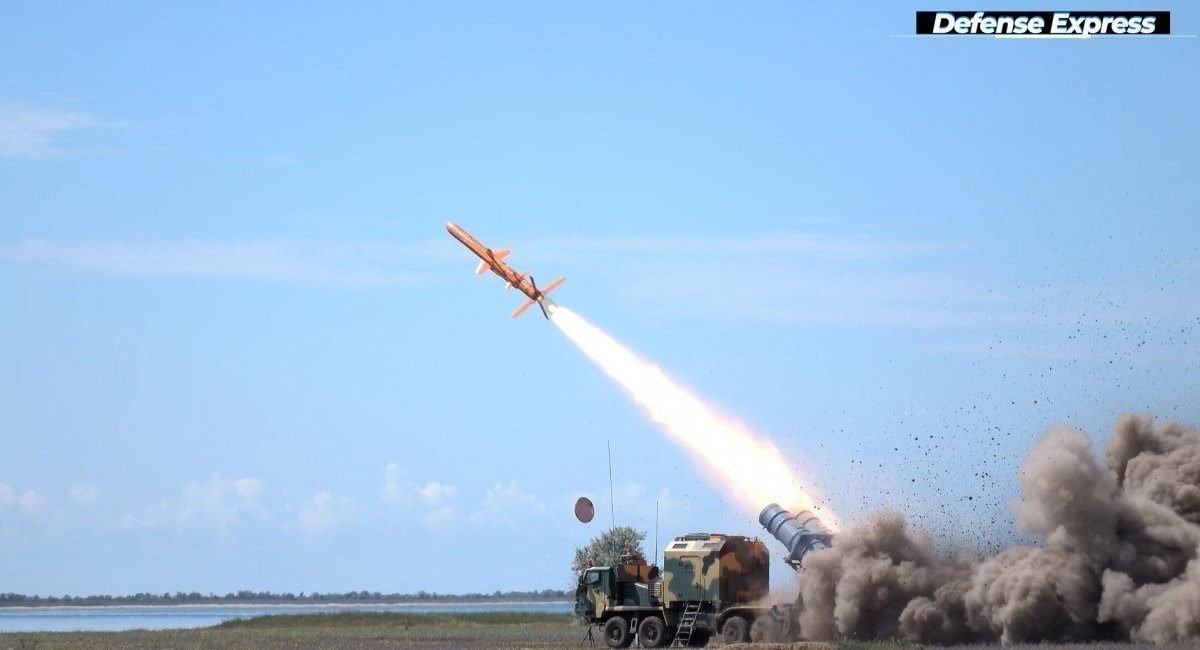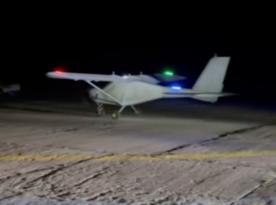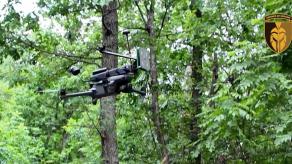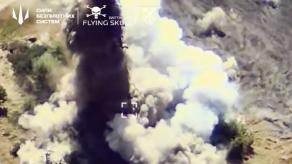The General Staff of the Armed Forces of Ukraine reported that on the night of July 31, 2024, Ukrainian Defense Forces struck a storage facility for equipment and weapons of the russian army near the city of Kursk.
It was noted that the operation was carried out by designated units from the Ukrainian Navy in coordination with other components of the Ukrainian forces, and that details about the results of the strike on the enemy target are still being clarified. At the same time, enemy air defenses were observed, and "explosions were reported at targeting points."
Read more: The Hetman Ivan Mazepa Corvette Embarks on Trials; Will the Neptune Missile Be Aboard?
Based on publicly available information, the strike targeted an object that was located approximately 100 kilometers from the Ukrainian state border.
Of course, it is most likely that the launch of the weapon systems occurred at a certain distance from the state border of Ukraine to ensure the safety of the launchers and crews. However, the focus should be on the hint regarding which type of weapon might have been used by the Ukrainian Defense Forces in their strike on the russian army base near Kursk.
We can use the method of logical exclusion—there have been no reports in the public domain about the Ukrainian Navy having long-range kamikaze drones. Therefore, we can assume that the General Staff of the Armed Forces of Ukraine was likely hinting at the possible use of modified Neptune missiles.
This refers to the possible use of this type of missile weaponry within a unified reconnaissance-strike complex, where the operation of other elements was supported by other components of the Ukrainian Defense Forces.
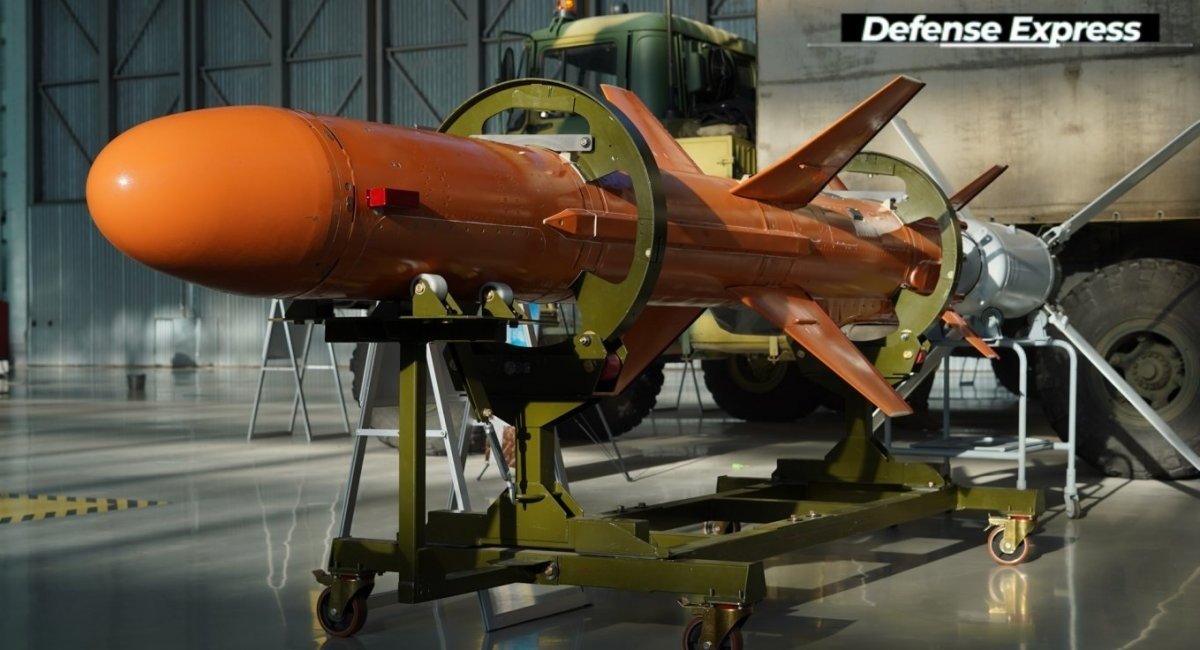
If we develop this working hypothesis further, we can make the following assumptions. The depth of the strike on russian territory, at a distance of approximately 100 kilometers near the city of Kursk, is unlikely to indicate the actual range that the modified Neptune missiles can currently achieve. This is because we do not know the exact location in Ukraine from which these weapon systems might have been launched.
The General Staff of the Ukrainian Armed Forces' report specifically mentions "explosions at targeting points," indicating not only the possibility of secondary detonations after impacts but also that multiple missiles may have been launched simultaneously in the strike on the russian army storage base.
This, in turn, implies that the Ukrainian Defense Forces not only currently possess their own missile weaponry for strikes on russian territory but have also integrated it into a reconnaissance-strike complex to enhance the effectiveness of targeting enemy military assets.
Read more: Ukraine's Neptune Missile Now Able to Strike Targets in russia: Port Kavkaz on Fire




